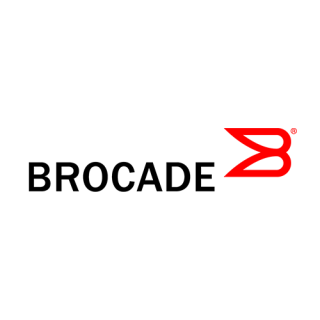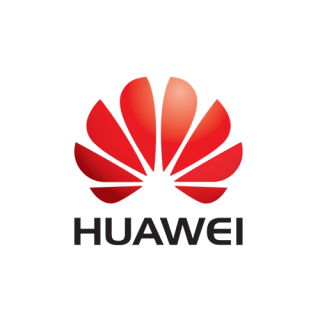ONIS is owned & operated by Optical Network International Solutions Limited.
Optical Network International Solutions Limited was established in year 2015 as an optical transceiver supplier and service to worldwide.
ONIS are a HK based supplier of quality compatible SFP Transceivers, Media Converters, Fibre Optic Leads & more. We have over 10 years experience in the connectivity industry and are committed to providing excellent customer service. Each transceiver is coded by our in-house engineers to ensure functionality.
ONIS is an optical transceiver manufacturer that specializes in manufacturing and selling fiber optic transceivers.
You can find compatible fiber optic modules at an affordable rate at our site. We are the experts in providing fiber optic transceivers and offer only the best quality products to our clients. Contact us today to get a quote!
Fiber optical transceivers are also known as optic modules or optical modules. For data transfer, this system uses fiber optic technology.
This is a critical component of optical network devices that provide electronic components for encoding and decoding data into light signals.
These signals will then be transmitted as electrical signals from a different end. Data can be transferred in the form of light using various light sources.





















